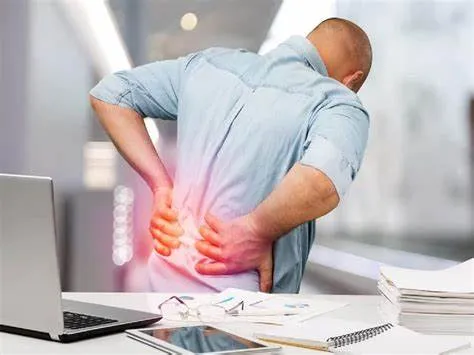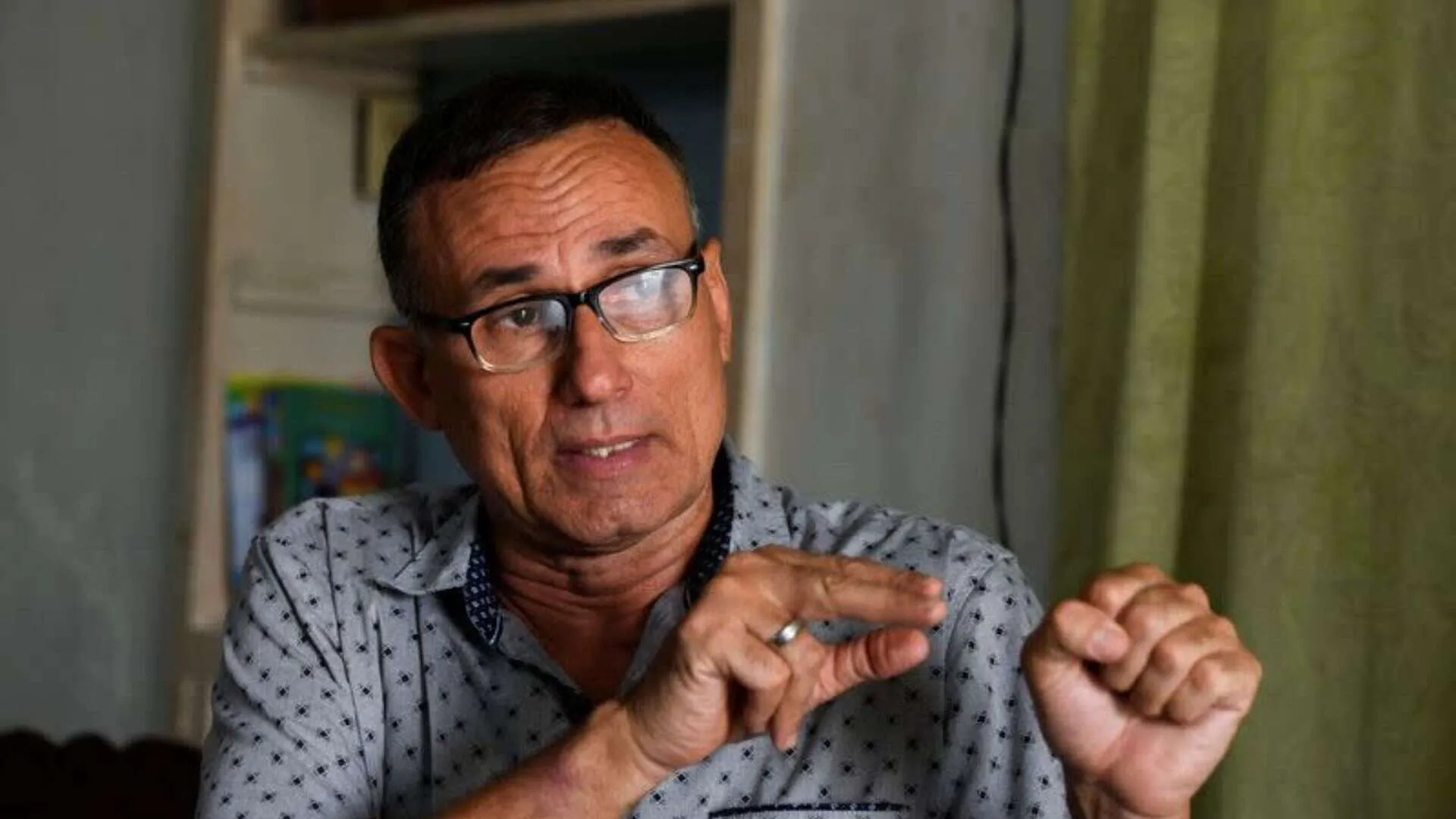Lower back pain is one of the most common and persistent health conditions worldwide, affecting millions of individuals. For many, the pain becomes a chronic issue, leading to disability and a reduced quality of life. While conventional treatments, such as painkillers, physical therapy, and even surgery, have been used to address the problem, these methods often provide limited relief. However, a new drug, currently in the early stages of clinical trials, may offer hope to individuals suffering from chronic lower back pain caused by infection. Known as PP353, this innovative drug uses antibiotics, rather than traditional pain management methods, to treat the root cause of the problem.
The drug is in development by Persica Pharmaceuticals, a biotech company based in Kent, England, and has been tested in collaboration with six NHS hospitals in England and Wales. Early-stage trials of PP353 have shown promising results, with a significant number of patients experiencing substantial relief from their chronic back pain. For patients whose lower back pain is caused by infection, this drug could provide a new lease on life, offering them the possibility of returning to work and living pain-free.
The Breakthrough: Antibiotics to Treat the Root Cause of Back Pain
While back pain can result from various factors, one common and often overlooked cause is infection around the spinal discs. In these cases, antibiotics can help treat the infection directly and alleviate pain. Traditional back pain treatments, such as painkillers, are often only focused on masking the symptoms without addressing the underlying cause. The new drug, PP353, works by targeting the infection directly.
PP353 combines three substances that are already widely used in medical practice. The first is linezolid, an antibiotic commonly used to treat infections. The second is iohexol, a contrast agent or dye used to help visualize structures in medical imaging. The third component is a thermosensitive gel that helps deliver the drug to the site of infection. This combination is injected into the lower back, targeting the infected area around the discs. The goal is to eliminate the infection and, by doing so, reduce the pain and disability associated with it.
Early Trials and Positive Results
The drug was tested in an early-stage trial involving 44 patients from the UK, Spain, Denmark, and New Zealand. All of the participants had severe back pain for at least six months, and in some cases, the pain had persisted for more than five years. These patients had not responded to conventional treatments, including painkillers. The results of the trial were promising, with 60% of participants experiencing significant reductions in pain and disability after receiving two injections four days apart. The treatment’s effectiveness appeared to be long-lasting, with many patients still experiencing improvements even after a year.
Dr. Shiva Tripathi, an NHS pain consultant and the chief investigator of the trial, expressed his excitement about the potential impact of this drug. He stated that if approved by regulators, PP353 could revolutionize the treatment of chronic lower back pain, especially for patients whose condition is caused by infection. According to Dr. Tripathi, “If we can get these 25% of patients with chronic low back pain back to work, back to no medications, back to no more disability, then I think that will be a massive gamechanger for the future.”
One of the key advantages of PP353 is that it requires only two injections, unlike many other treatments for chronic back pain that involve long-term medications or even invasive surgery. This simplicity could make the drug more accessible and easier for patients to use, with fewer side effects than traditional painkillers.
A Different Approach: Targeting the Root Cause
Unlike most treatments for lower back pain, which focus on managing symptoms, PP353 targets the underlying cause of the pain. This could be particularly beneficial for patients whose pain is linked to an infection around the spinal discs, as the antibiotic component of the drug would directly address the infection, thereby reducing pain and inflammation. This approach is different from the use of traditional painkillers, which only offer temporary relief and do not tackle the root cause of the condition.
For many people suffering from chronic lower back pain, the condition can become disabling, leading to a reduced ability to work, engage in daily activities, and enjoy life. The results from the early trials suggest that PP353 has the potential to significantly improve the quality of life for these individuals, allowing them to return to their normal routines without the burden of chronic pain.
The Market Potential and Impact
Market research suggests that PP353 could benefit millions of people worldwide. In the United States, around 2 million people could potentially be treated with this drug, while in the UK, the number is estimated to be between 250,000 and 300,000 individuals. As the global population ages and the incidence of lower back pain continues to rise, the demand for effective treatments is expected to grow significantly.
The drug’s potential impact extends beyond just providing pain relief. If PP353 proves to be effective for a large subset of people with chronic lower back pain, it could drastically reduce the reliance on painkillers, which are often addictive and have serious side effects. In turn, this could help alleviate the burden on healthcare systems by reducing the need for expensive surgeries and long-term medications.
Dr. Steve Ruston, CEO of Persica Pharmaceuticals, expressed confidence in the drug’s potential, stating that the results from the first trial were “really positive,” with participants reporting “significant reductions in pain and disability.” He emphasized that the patient benefit potential of PP353 is enormous, adding, “If you can reduce the pain and disability that people are living with in the way that some of our trial patients have responded, it will transform their lives.”
Challenges and Skepticism
Despite the promising results from the early trials, there are still challenges to overcome before PP353 can be widely available to patients. The trial only involved 44 patients, and further trials are needed to confirm the drug’s efficacy and safety. Additionally, the drug must undergo approval from regulatory bodies before it can be prescribed to patients.
Some experts have expressed skepticism about the drug’s long-term potential. Dr. Benjamin Ellis, a consultant rheumatologist specializing in chronic pain, pointed out that “modern medicine has largely failed people with chronic back pain,” and that there is little evidence that interventions such as surgery, injections, or medication make much difference for the majority of chronic back pain sufferers. He also cautioned that while PP353 may offer relief for a subset of patients, it may not be a “one-size-fits-all” solution for everyone.
Despite these concerns, many believe that PP353 represents a significant step forward in the treatment of chronic lower back pain. If further trials confirm the drug’s effectiveness, it could change the landscape of back pain treatment, offering a new, targeted solution to a problem that affects millions of people around the world.
The Future of Chronic Back Pain Treatment
As more research is conducted, the hope is that PP353 will prove to be an effective and safe treatment option for individuals suffering from chronic lower back pain caused by infection. If successful, the drug could provide long-lasting relief for millions of people, helping them regain their independence and return to their normal activities without the need for ongoing pain management.
In conclusion, PP353 is a promising new drug that offers hope for those suffering from chronic lower back pain, particularly for those whose condition is caused by an infection. While further trials are needed to confirm its effectiveness, the early results are encouraging, and the potential benefits for patients are significant. If approved, PP353 could revolutionize the way we treat one of the most common and debilitating health conditions worldwide, offering relief to millions of people who have long struggled with chronic pain.























